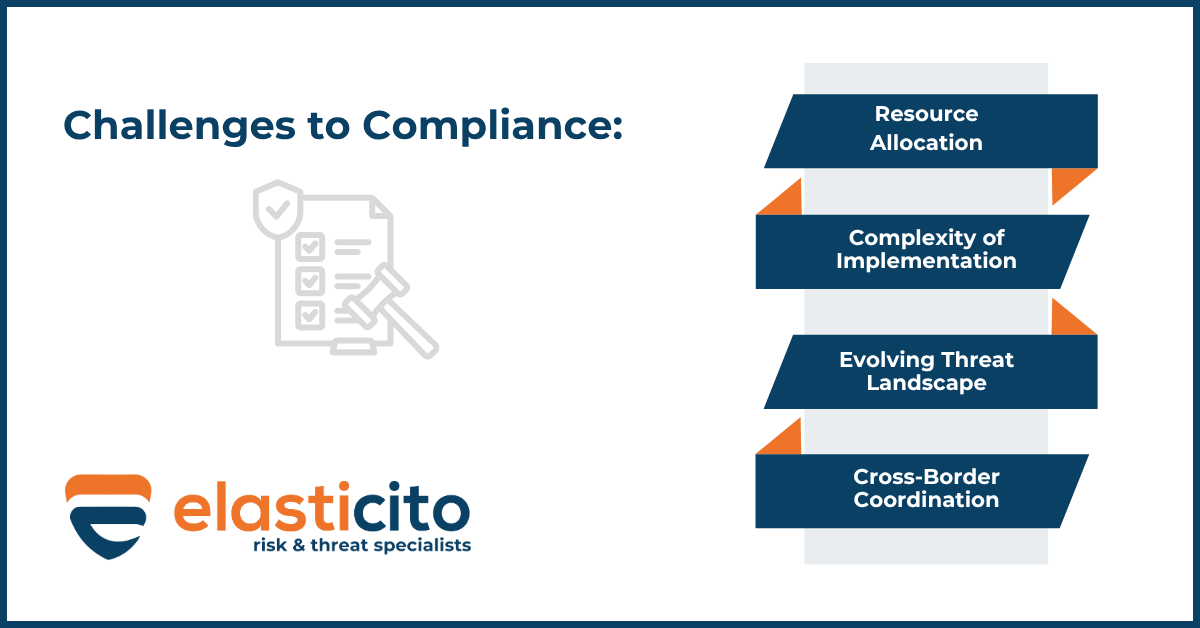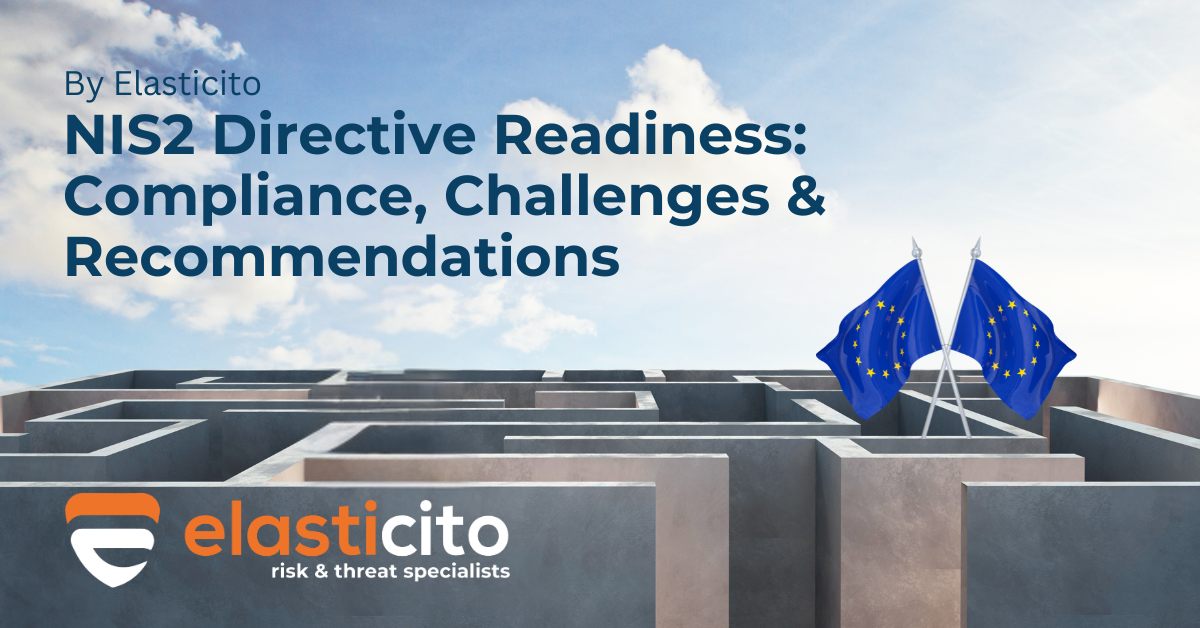NIS2 Directive Readiness: Compliance, Challenges & Recommendations
In this dynamic environment, the NIS2 Directive stands as a pivotal piece of legislation, representing a significant stride forward in bolstering cybersecurity across the European Union. An updated iteration of the original Network and Information Systems (NIS) Directive, NIS2 imposes stricter requirements on a broader spectrum of essential and important entities, aiming to safeguard critical infrastructure from the ever-present and ever-evolving cyber threats.
Achieving readiness for NIS2 compliance is not merely a regulatory obligation; it is a strategic imperative for organisations to maintain operational continuity and protect their stakeholders. This article ‘NIS2 Directive Readiness: Compliance, Challenges & Recommendations’ delves into what NIS2 readiness entails, highlights the key challenges organisations face, and offers actionable recommendations for achieving robust compliance.
Understanding NIS2 Compliance
The NIS2 Directive significantly expands its scope beyond traditional sectors to encompass a wider array of industries deemed essential for societal functions. This includes critical sectors such as energy, transport, healthcare, and digital infrastructure, among others. Organisations operating within these sectors are now mandated to implement comprehensive risk management practices and to report significant incidents promptly.
Key Compliance Requirements under NIS2:
Risk Management Framework:
- Organisations must establish and maintain a robust risk management framework. This framework is crucial for systematically identifying vulnerabilities, assessing potential cyber risks, and implementing effective mitigation strategies to protect their networks and information systems.
Incident Reporting:
- A critical aspect of NIS2 is the stringent incident reporting requirement. Entities are obligated to report incidents with a significant impact on their services within 24 hours of detection. This rapid reporting mechanism is designed to facilitate timely response and information sharing across the EU.
Supply Chain Security:
- Recognising the interconnectedness of modern digital ecosystems, NIS2 places a strong emphasis on supply chain security. Companies must ensure that their supply chains adhere to similar cybersecurity standards, preventing cascading failures and protecting against vulnerabilities introduced through third-party services or products.
Cybersecurity Culture:
- Beyond technical controls, NIS2 underscores the importance of human factors. Building a strong cybersecurity culture through continuous security awareness among employees is crucial. This involves regular training programs that educate personnel on best practices, threat identification, and incident reporting protocols, fostering a collective responsibility for security.
Challenges to Compliance
While the overarching goals of the NIS2 Directive are undeniably commendable and essential for collective security, several challenges may hinder organisations from achieving full compliance:
Resource Allocation:
- A perennial challenge for many organisations is the struggle with limited budgets and personnel dedicated specifically to cybersecurity initiatives. Meeting the comprehensive requirements of NIS2 often demands significant investment in technology, training, and skilled personnel, which can strain existing resources.
Complexity of Implementation:
- The directive’s broad and intricate requirements can be overwhelming for teams unfamiliar with structured compliance processes. Translating the regulatory text into practical, actionable security measures requires specialised expertise and a systematic approach.
Evolving Threat Landscape:
- The modern cyber threat landscape is characterised by its relentless evolution. New attack vectors, sophisticated malware, and advanced persistent threats (APTs) emerge constantly. Staying ahead of these threats to maintain NIS2 compliance requires ongoing vigilance, continuous adaptation of security measures, and proactive threat intelligence.
Cross-Border Coordination:
- For organisations operating across different jurisdictions within the EU, coordinating compliance efforts can be particularly complex. Varying national regulations and interpretations of the directive can lead to inconsistencies and operational difficulties, necessitating careful legal and operational alignment.

Recommendations for Achieving NIS 2 Directive Readiness
To effectively navigate these challenges and achieve robust readiness under the NIS2 Directive, organisations should consider implementing the following strategic recommendations:
1. Conduct a Comprehensive Risk Assessment:
- The foundational step is an in-depth assessment of current cybersecurity measures against the specific requirements of NIS2. This will identify existing gaps, vulnerabilities, and areas requiring immediate attention, providing a clear roadmap for compliance efforts.
2. Invest in Training Programs:
- Develop and implement comprehensive training programs aimed at enhancing employee awareness about cybersecurity best practices, data protection principles, and, crucially, incident reporting protocols. A well-informed workforce is a strong first line of defence.
3. Enhance Incident Response Plans:
- Create or refine existing incident response plans to ensure they are robust, clearly defined, and align with NIS2’s stringent reporting timelines. These plans should outline clear procedures for detection, analysis, containment, eradication, recovery, and post-incident review, with a strong emphasis on rapid notification.
4. Foster Collaboration Across Departments:
- Cybersecurity is no longer solely an IT function. Encourage and facilitate close collaboration between IT security teams and other critical departments such as legal, operations, human resources, and senior management. A holistic, organisation-wide approach is essential for effective compliance.
5. Leverage Technology Solutions:
- Utilise advanced technologies to automate and enhance cybersecurity capabilities. AI-driven threat detection systems, security information and event management (SIEM) solutions, and advanced analytics can significantly help automate monitoring processes, improve anomaly detection, and accelerate incident response times, thereby strengthening overall security posture.
6. Engage External Expertise:
- Consider partnering with external consultants or specialised cybersecurity firms. These experts can provide invaluable insights tailored to an organisation’s specific needs, offer guidance on complex compliance aspects, conduct independent audits, and assist in implementing robust security solutions.
Conclusion
The NIS2 Directive presents both a significant opportunity and a considerable challenge for organisations operating within essential sectors across Europe. Readiness for NIS2 is not merely about ticking boxes; it is about fostering a resilient organisational culture that prioritises security at every level. By thoroughly understanding its requirements, proactively addressing potential hurdles through strategic planning, and making judicious investments in resources and technology, businesses can not only achieve compliance but also significantly strengthen their overall cybersecurity posture against the ever-present and ever-evolving threats. In today’s interconnected world, where cyber threats loom large over every sector of society, fostering a culture of security and embracing NIS2 compliance is an absolute necessity.
For tailored guidance on navigating NIS2 compliance and strengthening your cybersecurity posture, consider reaching out to Elasticito.

